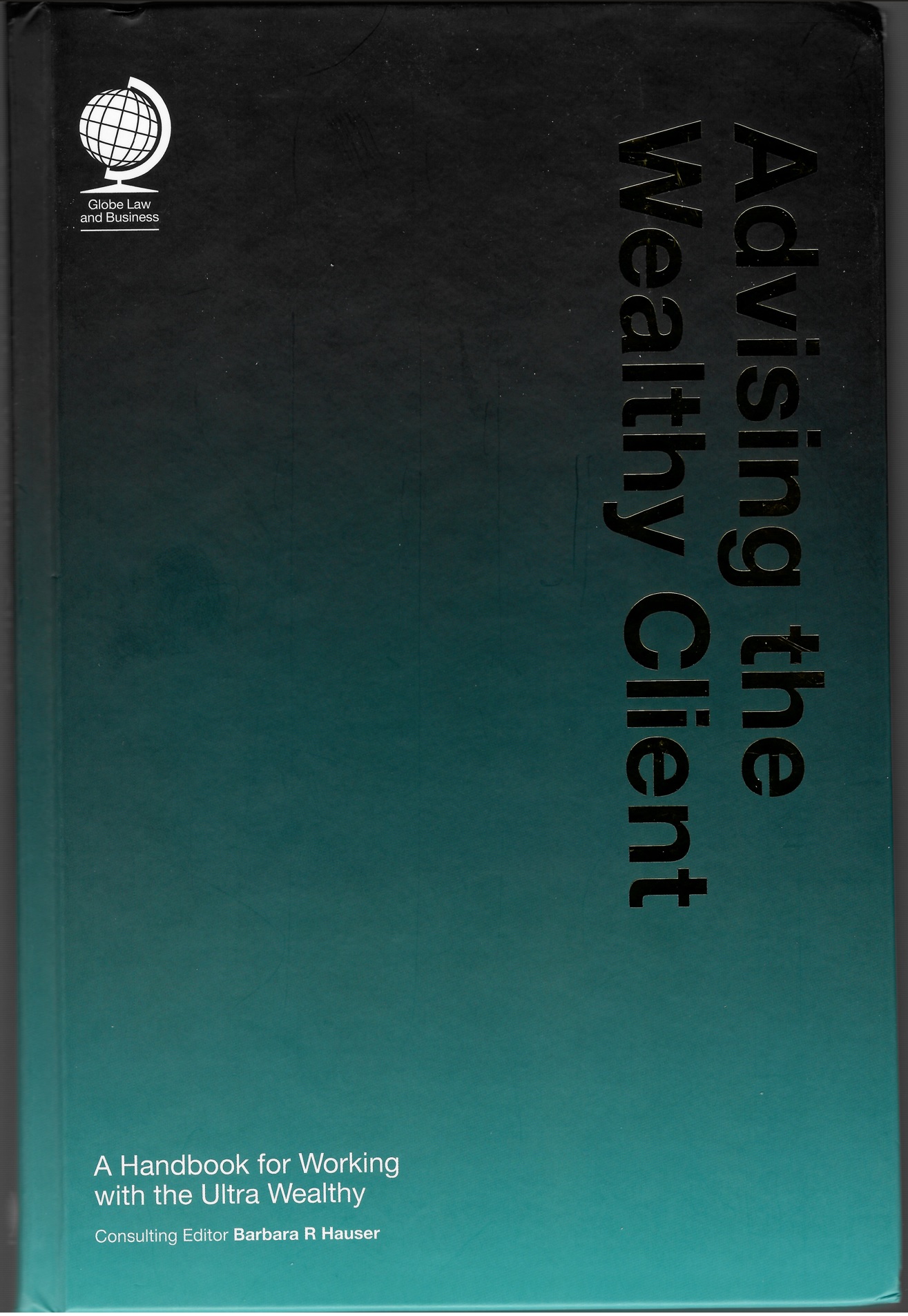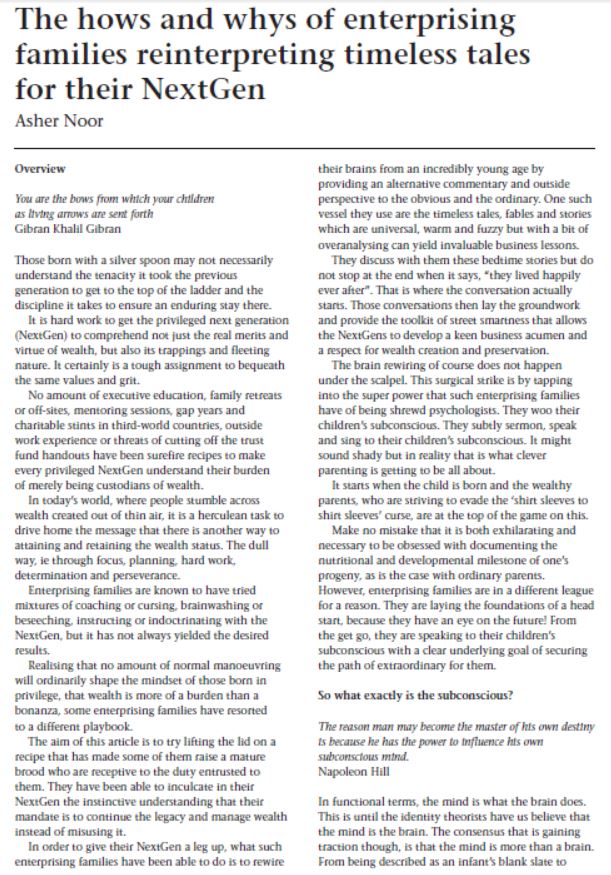Two farmers met. They were comparing the size of their lands. The first farmer to demonstrate the vastness of his lands bragged that if he drove his tractor from dawn onwards, he would still be on his land by dusk time. The other farmer was unfazed and remarked that he too once had a tractor like that!
Wealthy clients too, usually struggle to articulate the exact quantum of their wealth. While discretion might have, a lot to do with it, but even behind closed doors, many wealthy clients find it exceedingly difficult to put an accurate number to their wealth.
Those who do hazard a guess might naively or erroneously omit to take into accurate account the liabilities that come along with those assets that they tally up, let alone the trappings of liquidity profiles, collateralization, ownership conundrum of club deals and the contingent nature of some assets and liabilities. Add to it the liberal mixture or hybrid nature of family vs investment assets or sentimental and generational custodianship of certain other possessions and the counting suddenly becomes quite complicated. It certainly is important to distinguish between the paper rich and the truly wealthy.
The dilemma
When it comes to advising the wealthy, who for the first time are thinking of professionalizing and institutionalizing, the starting point is usually a series of conversations that helps firm up the scope; including the resolve to proceed. In such conversations between the wealthy client and the wealth advisor, the concern that comes up 100% of the time is the lack of an accurate, consolidated, bird’s eye view, of the net wealth. Net wealth being assets minus liabilities of the wealthy client. That is an inventory of what the wealthy client owns and owes, marked to market. That is the starting point. That is the stumbling point. That chasm needs bridging upfront.
The perennial challenge is getting that consolidated balance sheet of net worth together. It is usually a challenge because invariably the wealthy client is served by a slew of, undoubtedly first rate service providers, but working in their own silos. There is no internal or external resource aggregating the entire portfolio. Simply adding up reports from various counterparties, will also not do the trick due to different reporting methodologies, dates and formats.
In absence of a consolidated bird’s eye view of the net wealth; all decisions by the wealthy client are largely akin to taking a stab in the dark.
Regardless of whether the wealth is old or new, the wealth advisor is usually faced with typical situations where the investment portfolio seems to be all over the place – literally and figuratively. While there is always room for improvement on structuring or in pruning certain orphan assets or ditching a few counterparty relationships, the starting point is always about first securing an accurate consolidated inventory of the wealth.
Wealth advisers wish to begin the advisory relationship by getting a better handle on the types of investments, liquid or illiquid, geographical dispersion, currencies involved, in personal or corporate name. Wealthy clients usually have a lot to say but not necessarily accomplished in sharing an upto-date summarized dashboard to back up their assertions. It takes a major chunk of the pre-engagement timeframe to fill that hole. Legal structuring, choosing domiciles, estate planning etc. all remains hostage to the inaugural task of consolidation of the inventory and calculation of net wealth.
So what is the wealthy client going to do about it?
The purpose of this chapter is to help wealthy clients identify the steps they alone can take or dictate that helps yield for them a truly internal and comprehensive dashboard evidencing their consolidated balance sheet. It might only be for their eyes or clarity, but it’s becoming increasingly important for the wealthy clients to truly understand the depth and breadth of their global investment portfolio and how that translates into net assets, sliced and diced by not merely currency and geography – but also by legal titles, access or liquidity profile.
The above is an excerpt from the chapter that Asher Noor wrote.
The full chapter by Asher Noor, was first published by Globe Law & Business in the book “Advising the Wealthy Client: A Handbook for Working with the Ultra Wealthy” and is available for purchase.




